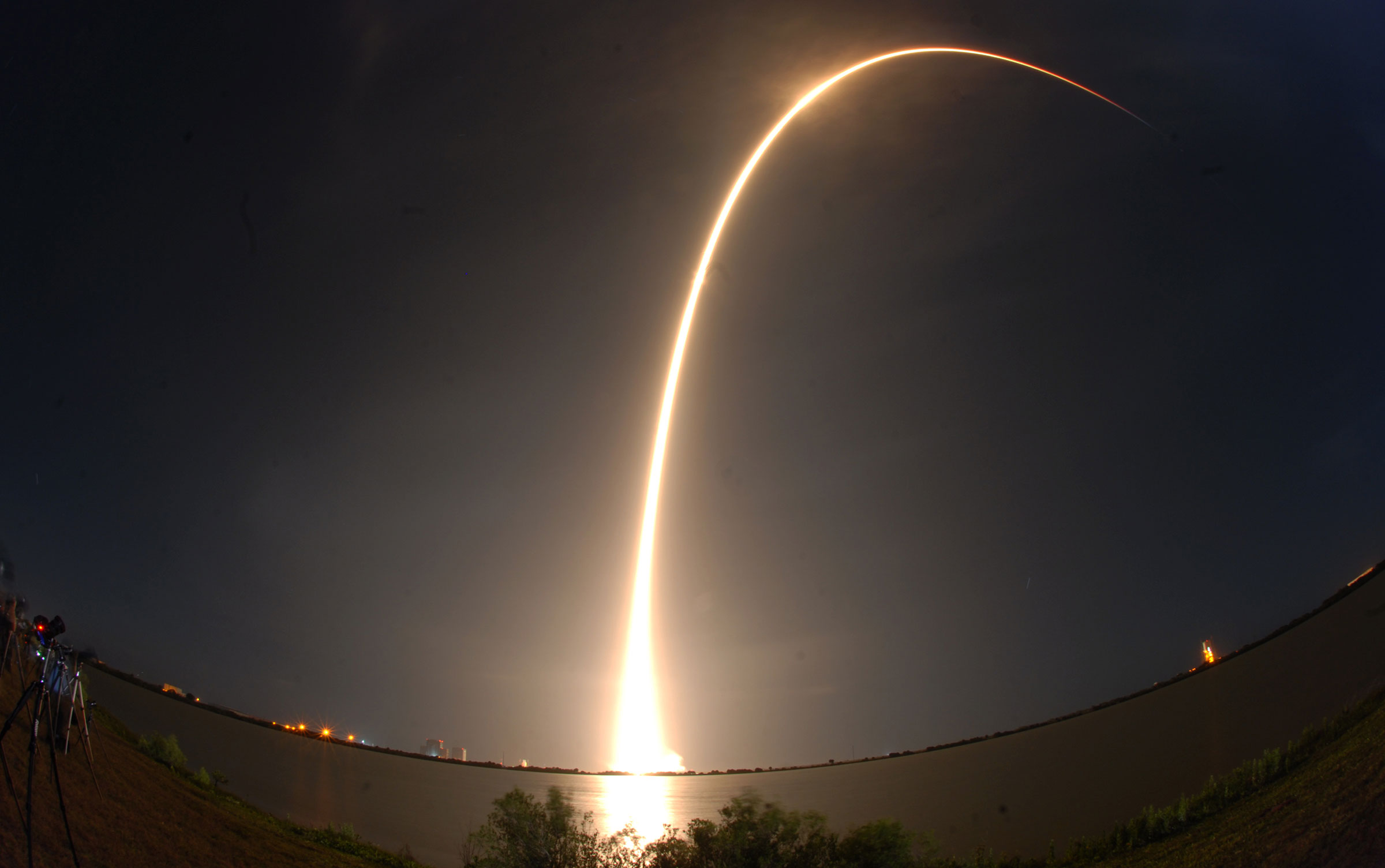These are independent reviews of the products mentioned, but TIME receives a commission when purchases are made through affiliate links at no additional cost to the purchaser.
Air pollutants travel fast, and daily observations make it hard to pinpoint the source. In August, the NASA TEMPO (Tropospheric Emissions: Monitoring Pollution)—which hovers on a satellite 22,000 miles above North America—began monitoring nitrogen dioxide and air quality, sending hourly updates that allow scientists to better understand the sources of pollution, which is increasingly urgent given global declines in air quality and bouts of wildfire smoke. This high-altitude perch allows an unprecedented macro analysis, and high-resolution tracking enables scientists to zoom in on a town or city level.
More Must-Reads from TIME
- Cybersecurity Experts Are Sounding the Alarm on DOGE
- Meet the 2025 Women of the Year
- The Harsh Truth About Disability Inclusion
- Why Do More Young Adults Have Cancer?
- Colman Domingo Leads With Radical Love
- How to Get Better at Doing Things Alone
- Michelle Zauner Stares Down the Darkness





